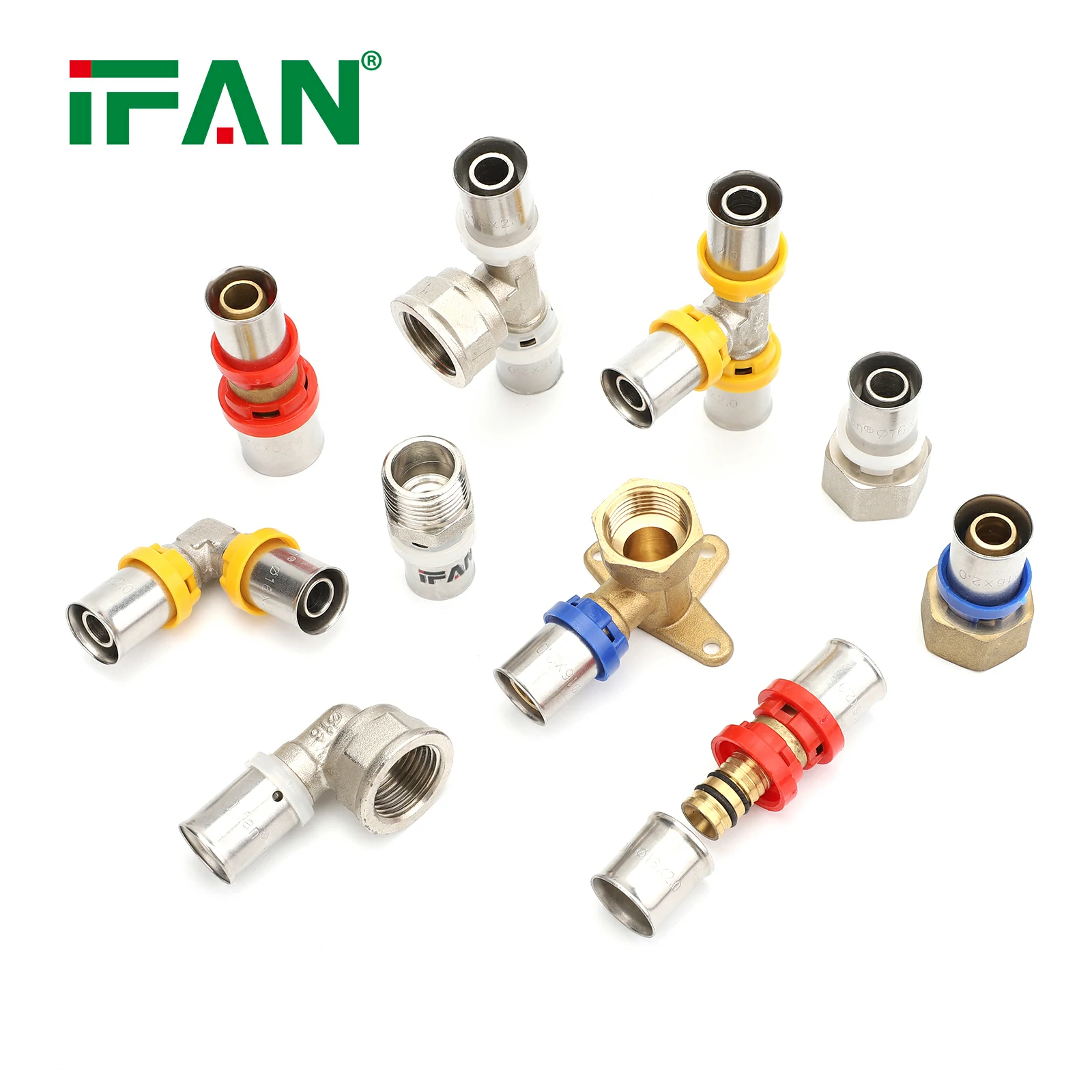Does CPVC crack in cold weather?
CPVC (chlorinated polyvinyl chloride) pipes are designed to handle a wide range of temperatures, including cold weather conditions. However, there are some important considerations regarding the potential for cracking in cold weather:

1. Temperature Limitations: CPVC pipes have a lower temperature limit, typically around 32°F (0°C), below which they become more susceptible to cracking. Exposure to extremely cold temperatures for prolonged periods can increase the risk of damage or failure.
2. Thermal Expansion and Contraction: Like all materials, CPVC pipes expand and contract with temperature changes. In cold weather, the contraction of the pipes can potentially cause stress, especially if they are not properly supported or secured. Adequate allowances for thermal movement should be made during installation to minimize the risk of cracking.
3. Insulation and Protection: Proper insulation can help protect CPVC pipes in cold weather. Insulating the pipes and applying heat tracing in areas where freezing temperatures are common can help prevent freezing and reduce the risk of cracking or damage.
4. Installation Practices: Proper installation techniques, including appropriate support, sealing, and jointing, are crucial in minimizing the risk of cracking. Following manufacturer guidelines and industry standards will help ensure the integrity of CPVC pipes in all weather conditions.
While CPVC pipes are generally reliable in cold weather, it is important to consider local climate conditions, take appropriate precautions, and consult with plumbing professionals or experts for guidance on specific installation practices and insulation requirements in cold weather regions.






